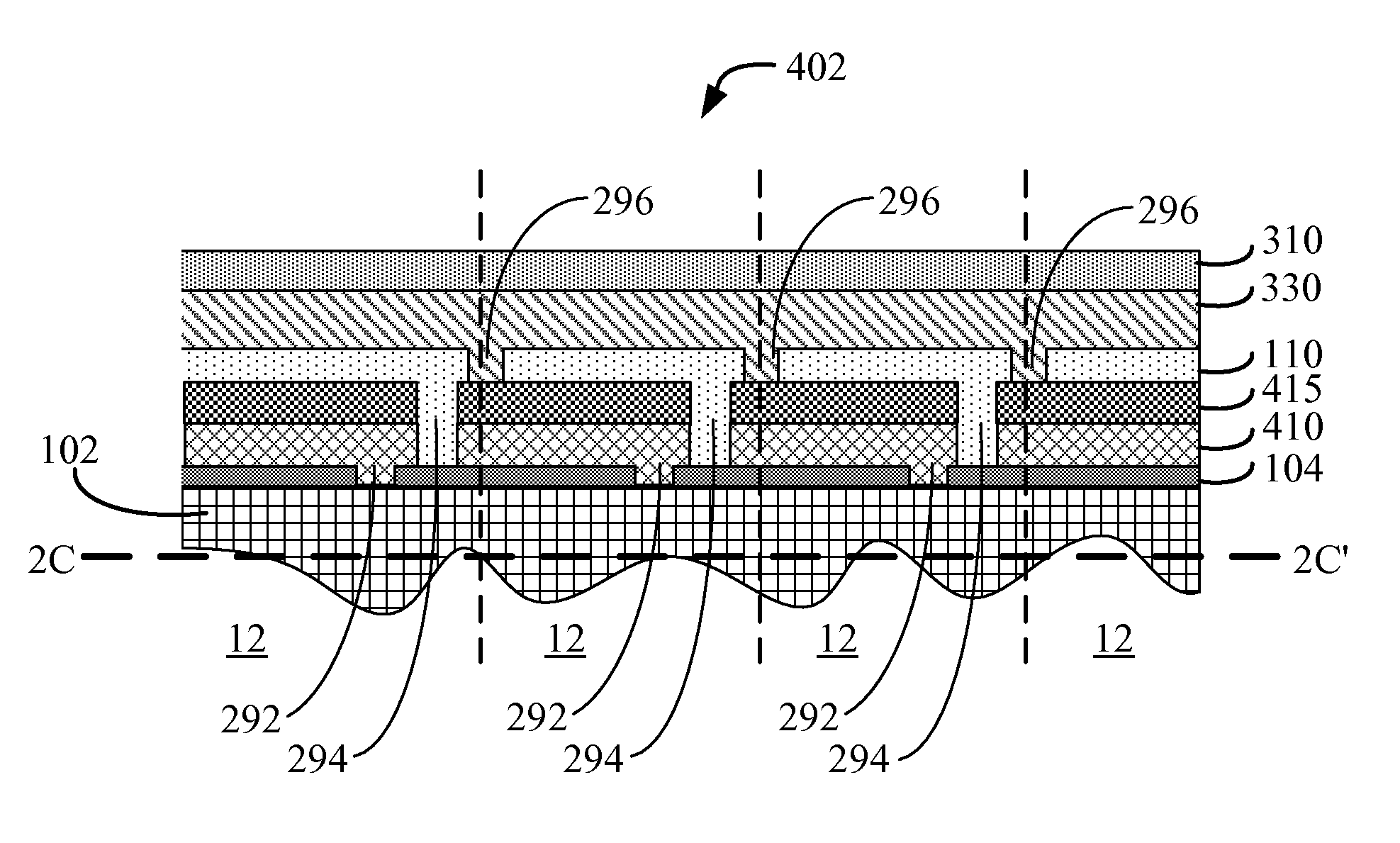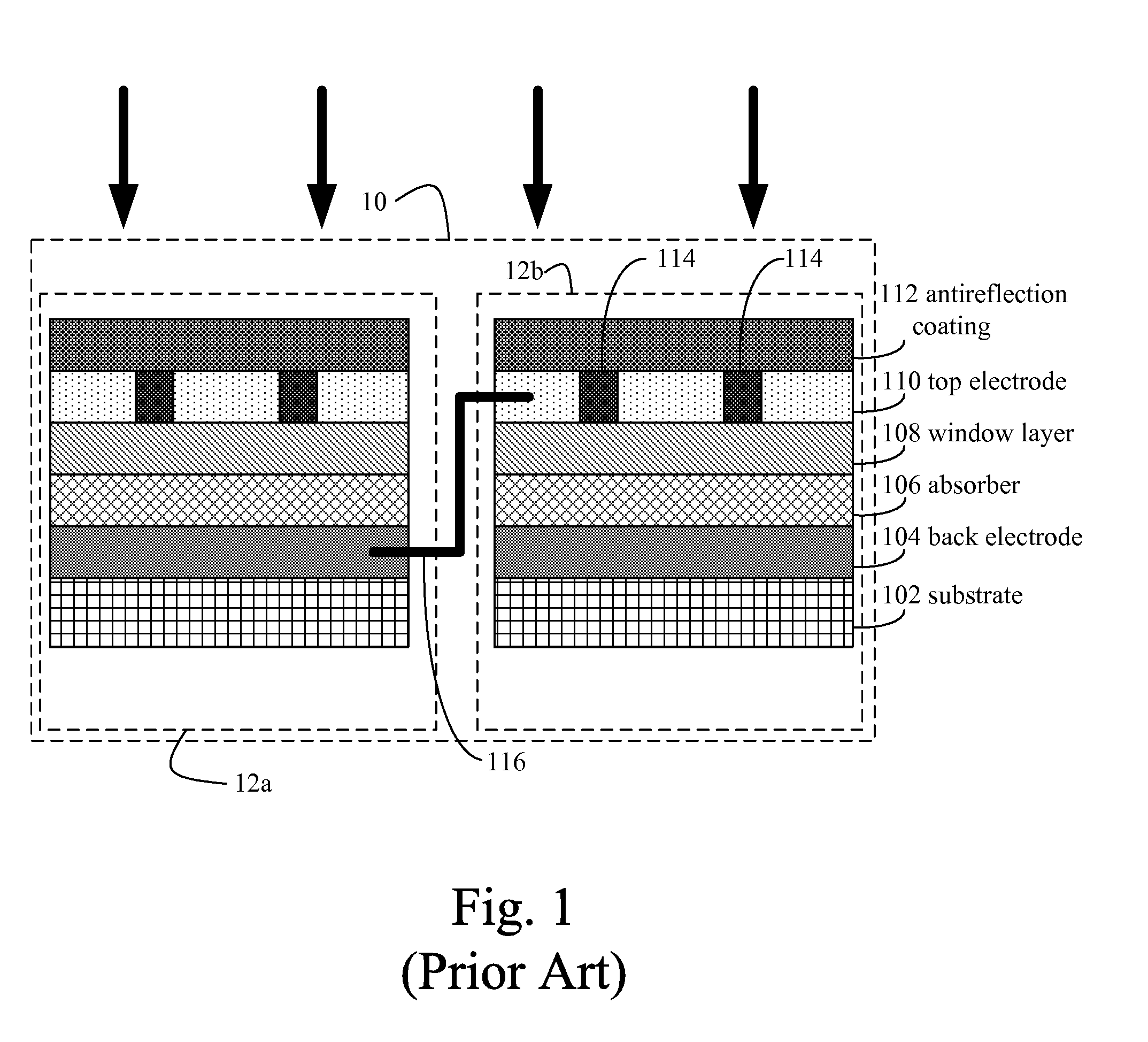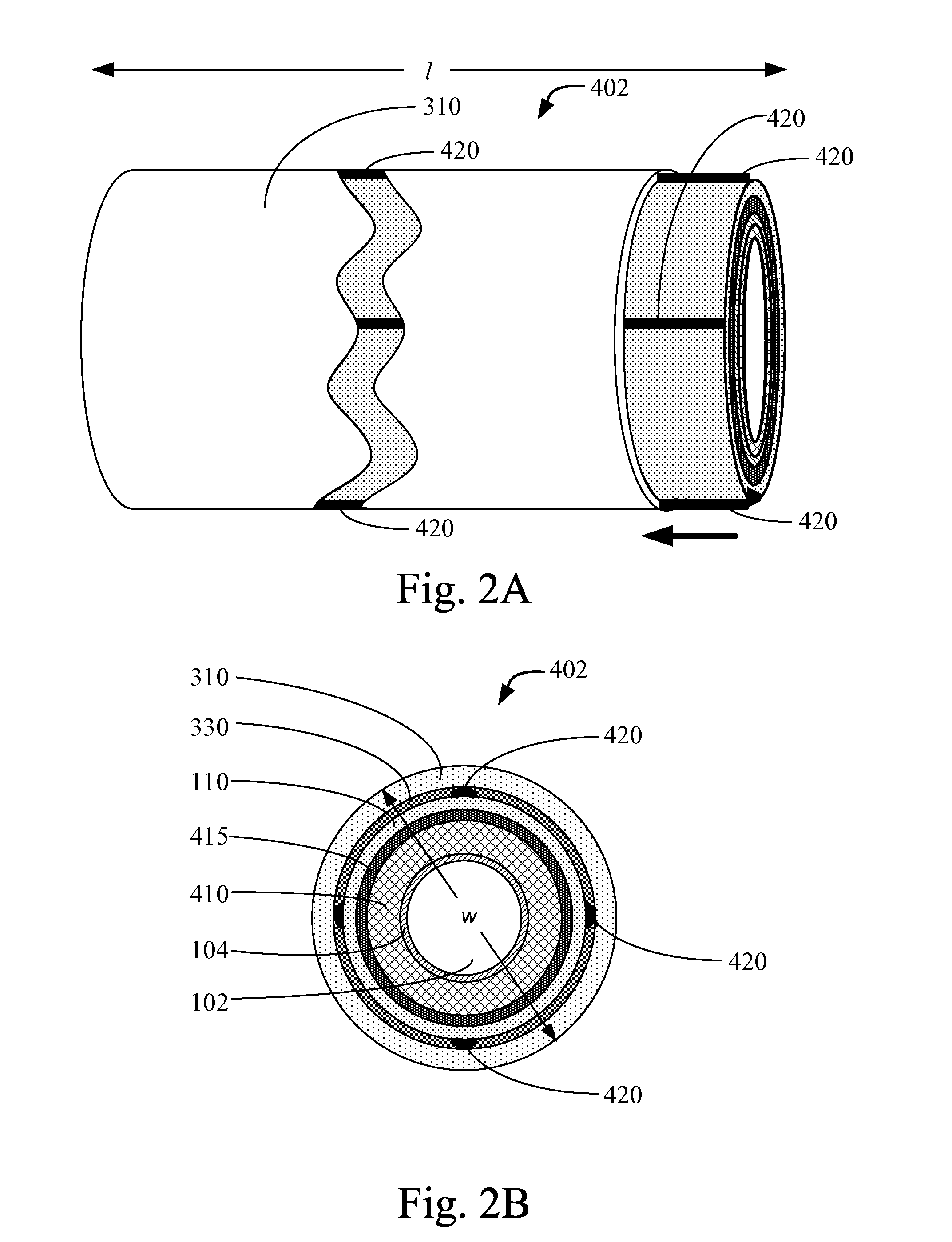Scribing Methods for Photovoltaic Modules Including a Mechanical Scribe
a technology of photovoltaic modules and mechanical scribes, which is applied in the direction of photovoltaic modules, electrical devices, semiconductor devices, etc., can solve the problems of difficult to create narrow grooves between solar cells, problems known to occur when scribing photovoltaic modules,
- Summary
- Abstract
- Description
- Claims
- Application Information
AI Technical Summary
Benefits of technology
Problems solved by technology
Method used
Image
Examples
Embodiment Construction
[0022]Disclosed herein are systems and methods for mechanical and laser scribing. Such systems and methods can be used for a wide range of applications such as for manufacturing non-planar solar cells of photovoltaic modules. More generally, the systems and methods disclosed herein can be used to facilitate a broad array of micromachining techniques including microchip fabrication. Micromachining (also termed microfabrication, micromanufacturing, micro electromechanical machining) refers to the fabrication of devices with at least some of their dimensions in the micrometer range. See, for example, Madou, 2002, Fundamentals of Microfabrication, Second Edition, CRC Press LLC, Boca Raton, Fla., which is hereby incorporated by reference herein in its entirety for its teachings on microfabrication. Microchip fabrication is also disclosed in Van Zant, 2000, Microchip Fabrication, Fourth Edition, McGraw-Hill, New York, which is hereby incorporated by reference herein in its entirety for it...
PUM
 Login to View More
Login to View More Abstract
Description
Claims
Application Information
 Login to View More
Login to View More - R&D
- Intellectual Property
- Life Sciences
- Materials
- Tech Scout
- Unparalleled Data Quality
- Higher Quality Content
- 60% Fewer Hallucinations
Browse by: Latest US Patents, China's latest patents, Technical Efficacy Thesaurus, Application Domain, Technology Topic, Popular Technical Reports.
© 2025 PatSnap. All rights reserved.Legal|Privacy policy|Modern Slavery Act Transparency Statement|Sitemap|About US| Contact US: help@patsnap.com



